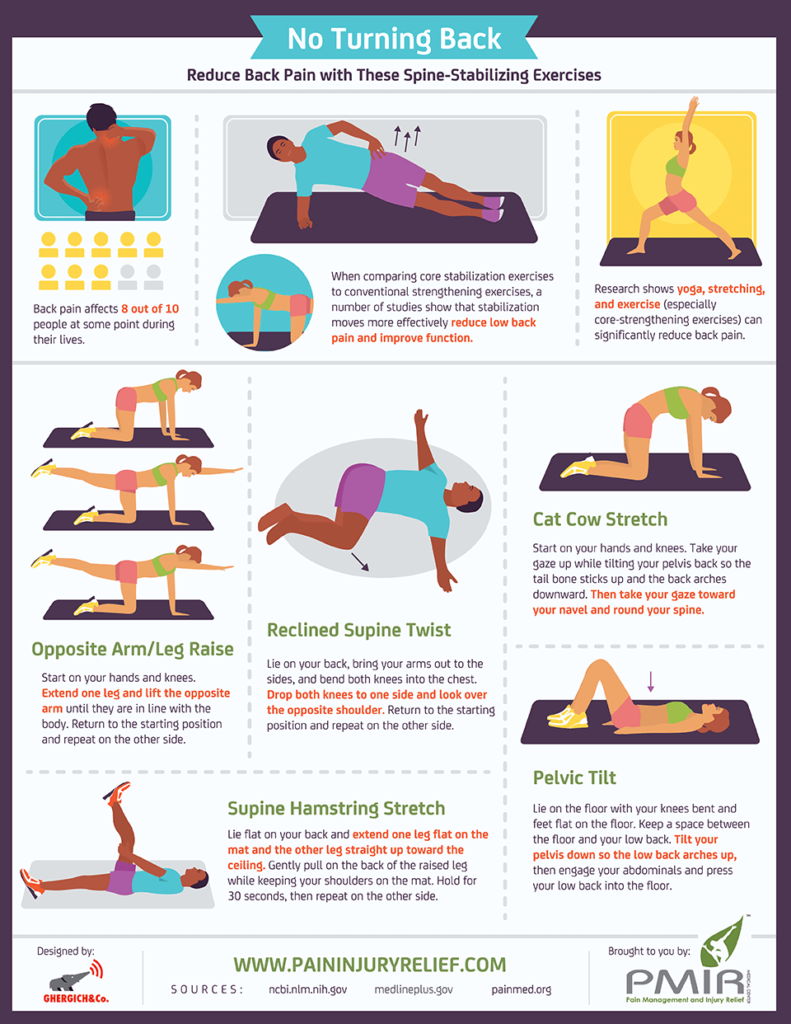What are the best kinds of exercise for people during their busy day? Pete Cohen shares his secrets for a healthier lifestyle! He tells us about some recent research and introduces us to National Fitness Day.
Exercise
Lack of time, low self‐esteem and uninspiring bosses stopping people from exercising at work
- 61 per cent of UK employees say their employer doesn’t encourage them to lead an active lifestyle1
- Lack of time (26 per cent) during lunch break, low self‐esteem (22 per cent) and embarrassment around poor fitness (25 per cent) are key barriers to employees exercising at work
- On National Fitness Day (27th September) AXA PPP healthcare is urging employers to push back their working day by one hour to enable the nation’s workforce to get active
New research from AXA PPP healthcare reveals that 61 per cent of UK employees do not feel encouraged by their employer to lead an active lifestyle. This is despite most managers agreeing that exercise positively impacts employees’ productivity (78 per cent)2 and their ability to handle stress (82 per cent).
Of all the British employees who exercise after work, nearly half (46 per cent) would prefer to do so before work but 79 per cent blame lack of time in the morning. And morning exercise has proven to work for many – for those who find time to be physically active before work, three quarters (75 per cent) feel it spurs them on to be more effective in the morning while 69 per cent feel more productive.
Nearly half of employees (45 per cent) of employees admit they do not do the NHS recommended 30 minutes of daily exercise, five times a week3, but finding time to be physically active during the working day can be difficult, or undesirable. Sixty‐two per cent of employees with good intentions to exercise at work find they’re cancelling their lunchtime exercise plans due to workload or work commitments.
Perception is also stopping employees from exercising during the working day. Low self‐esteem and body issues is a barrier preventing 22 per cent of employees from exercising with colleagues, while one in 10 are deterred by the prospect of wearing spandex and general gym gear. This reluctance may be fuelled by the perception of more than one in four employers (26 per cent) who see the wearing of gym clothes at work as unprofessional. Physical appearance aside, the biggest barrier stopping employees from exercising with colleagues is embarrassment around feeling unfit (25 per cent).
In light of these barriers, 63 per cent of bosses would consider allowing their workforce the flexibility to start work an hour later, so they could be more active and get their day off to a flying start, if they made up the time elsewhere.
Whether it’s organising exercise classes at lunchtime, providing subsidised gym access or simply encouraging a more active commute, employers should do their best to promote and support employees to be active during the working day. That’s why AXA PPP healthcare and ukactive have joined forces this National Fitness Day on 27th September, urging bosses from businesses of all sizes to help their employees get National Fitness Day off to a Flying Start by pushing back the working day by one hour to enable them to do something active.
Sources:
¹ Research of 1,000 full‐time employees undertaken in August 2017 by 3Gem for AXA PPP healthcare
2 Research of 500 decision‐makers undertaken in August 2017 by 3Gem for AXA PPP healthcare
3 NHS Choices, ‘Why we should sit less’: http://www.nhs.uk/Livewell/fitness/Pages/sitting‐and‐sedentary‐ behaviour‐are‐bad‐for‐your‐health.aspx
A quarter of pregnant women quit exercising from fear of harming their unborn baby
Fear, guilt and shame go hand-in-hand with exercising – for pregnant women. Why does prenatal exercise have such a stigma attached to it when it can actually do more good than harm?
A new research released today shockingly finds that over half of mums have felt fearful about exercising in pregnancy, with 24-to-35 year olds found to be the most fearful of physical activity causing harm to their baby.
It is no surprise then that over a quarter of mums reduced or gave up exercising altogether during pregnancy, with over a fifth of the nation being fully convinced to stop less than six months into their pregnancy.
Fitness class participation levels are also see a drop from 31 per cent to 12 per cent during pregnancy, with women partaking in running reducing from 32 per cent to only nine per cent.
The research commissioned by Aptaclub for the launch of Active for 2 – a free expert led pregnancy exercise resource – reveals that nearly half of the nation’s women agree there is conflicting information about prenatal fitness and what exercises they can and can’t safely do while pregnant. While 47 per cent of women think running is risky, nearly two-fifths even classify yoga as being slightly risky during pregnancy.
Dr Dawn Harper understands the importance of ensuring women stay fit during pregnancy, with exercise supporting relief of aches and pains that come with the changes and growth of the body. Patient Talk spoke with her to fin out more!
PatientTalk.Org: What are the barriers to pregnant women and exercising?
Doctor Dawn Harper: Today we have a survey out from Apta club which shows a lot of women are giving up exercise altogether when their pregnant. So over a quarter of women have stopped altogether or significantly reduced their exercise levels. I think that’s a great shame with my GP hat on because we know that women who exercise regularly during pregnancy are going to feel healthier themselves, its doing themselves some good. Their also likely to have actually easier labours, that’s quite a good incentive. There’s also research to show that babies born to fit women that exercise regularly tend to develop better. So far from there being this kind of myth out there I think that maybe exercise might in some way damage you baby, for the vast majority of pregnant women exercising regularly it good for the both of you.
PatientTalk.Org: What are the best ways of exercising?
Doctor Dawn Harper: One of the things you may need to do is kind of adapt your normal exercise regime when you’re pregnant and what Apta club has done is they’ve launched a campaign called active for two. On the web site there are little videos the help you to look at what might be an appropriate exercise for you in each trimester of your pregnancy. For me I would say every women is different and every pregnancy is different, I had three children and I had three very different pregnancies. It’s a case of fine tuning to you and that might mean that you speak to your midwife or your GP about your exercise levels, if you’re a member of a gym speak to the staff there they will be use to looking after ladies who are pregnant. So you may well have to reduce your intensity or alter in some way your normal exercise regime but we’re really keen for those that can continue to exercise that they continue to do so.
PatientTalk.Org: So what are the risks and what might be damaging?
Doctor Dawn Harper: I think there’s been this feeling for some women out there that in some way exerting yourself might damage your baby. Now for most of us as long as we’re exercising sensibly, so I’m not advocating that women go out there and their gasping for breath. That’s not the sort of exercise levels but it is just keeping yourself active and fit. There are some sport that we would say are not a sensible idea because you don’t want to do any contact sport that could involve injuring your tummy and there for possibly to your unborn baby. Things like: Yoga, swimming, running and walking, those types of things are really good for you aerobic fitness and your posture. Yoga is particularly good for posture.
PatientTalk.Org: Why is parental fitness important?
Doctor Dawn Harper: I think parental fitness is important all round actually, it’s important for the individual. So we know that if a pregnant lady is exercising regularly she is likely to sleep better and that’s quite important. For the rest of the pregnancy she’s going to feel better in her emotions, we know it’s a good stress relief and she’s also going to feel physically better. We also know that regular exercise means that her labour is likely to be easier, women who exercise are less likely to have a C- section or an interventional delivery so that’s a good thing. But also actually it means that your baby is likely to develop better, so win win win here. I guess the other thing that if you’re exercising regularly, an awful lot of women put on a lot of weight during pregnancy but every women is different. You should only put on anywhere between 25 and 35 pounds but more is your slim to start with and less if your carrying a bit of extra weight to start with. A lot of women will put on significantly more than that and if your exercising regularly you should be able to maintain the appropriate weight gain that’s is right for you during the pregnancy which also means that you get back into you pre pregnancy jeans an awful lot sooner.
PatientTalk.Org: What about exercising with a medical condition like diabetes or MS while pregnant?
Doctor Dawn Harper: So again this is very much tailoring your exercise, so if you got something MS for example there maybe somethings you simply can’t do because the nerves have been damaged. Diabetes type 1 and 2, some women become diabetics during pregnancy just stage 1 diabetes and if we can actually manage weight gain appropriately perhaps it’s not the time to be dieting but to manage that weight gain appropriately and maintain fitness levels actually that’s a very good thing.
PatientTalk.Org: Where can people go for more information?
Doctor Dawn Harper: There’s a super web site it’s Aptaclub.co.uk, lots of information there and professional advice from nutritionists and mid wives. Really helpful tips about simple little things like what would be the most appropriately exercise for different trimesters so well worth having a look at.
What is moderate and vigorous exercise?
The words “moderate” and “vigorous” describe the intensity of exercise. Whether an exercise or physical activity is moderate or vigorous depends on how hard you’re working to carry it out and how much energy you’re using.
To keep healthy or improve your health, follow the guidelines on how much physical activity you need to do each week, depending on your age.
Physical activity guidelines
It’s recommended that adults aged 19-64 should do at least 150 minutes (2 hours and 30 minutes) of moderate intensity aerobic activity, such as cycling or fast walking, every week.
Adults aged 65 and over should also do at least 150 minutes (2 hours and 30 minutes) of moderate intensity aerobic activity every week.
All adults should also do muscle strengthening exercises on two or more days a week.
See the links below for more information about physical activity guidelines, including examples of aerobic and muscle strengthening activities.
Physical activity guidelines for adults aged 19-64
Physical activity guidelines for adults aged 65 and over
The links below provide information and advice about physical activity for children.
How much exercise should my child do?
Physical activity guidelines for children and young people aged 5-18
Physical activity guidelines for children under five
How do I know if I’m exercising moderately or vigorously?
Moderate intensity aerobic exercise is where you’re working hard enough to raise your heart rate and break into a sweat. You’re working at a moderate intensity if you’re able to talk but unable to sing the words to a song.
Vigorous intensity aerobic exercise is where you’re breathing hard and fast and your heart rate has increased significantly. If you’re working at this level, you won’t be able to say more than a few words without pausing for a breath.
Physical activity and being overweight or obese
Overweight adults can improve their health by meeting the physical activity guidelines, even if they don’t lose weight. To lose weight, it’s likely that you’ll need to do more than 150 minutes of physical activity a week and make changes to your diet.
To find out if you’re overweight or obese, you can work out your body mass index (BMI) using the healthy weight calculator.
You should visit your GP for a health check-up before starting an exercise programme for the first time, or if you’re returning to exercise after a long period of time.
Stretch and Strengthen to Reduce Back Pain
Back pain can be more than just a nuisance to your daily activities. For some, back pain stop them from leading the life they want to lead—exercising, playing with kids or grandkids, or even just moving. And unfortunately, back pain is all too common: Up to 80 percent of people experience it at some point during their lives.
Different levels of back pain call for different remedies, but there’s something everyone can do to help their body move and get strong: spine-stabilizing exercises. These mostly focus on giving stability and power to your core, which in turn can improve the function of your spine as well as reduce pain overall.
The good thing about these core-boosting exercises is that they’re easy to do. You don’t need private instruction or a membership in a fancy gym. You need your body and a soft surface—that’s it. This graphic walks through simple movements to make.




